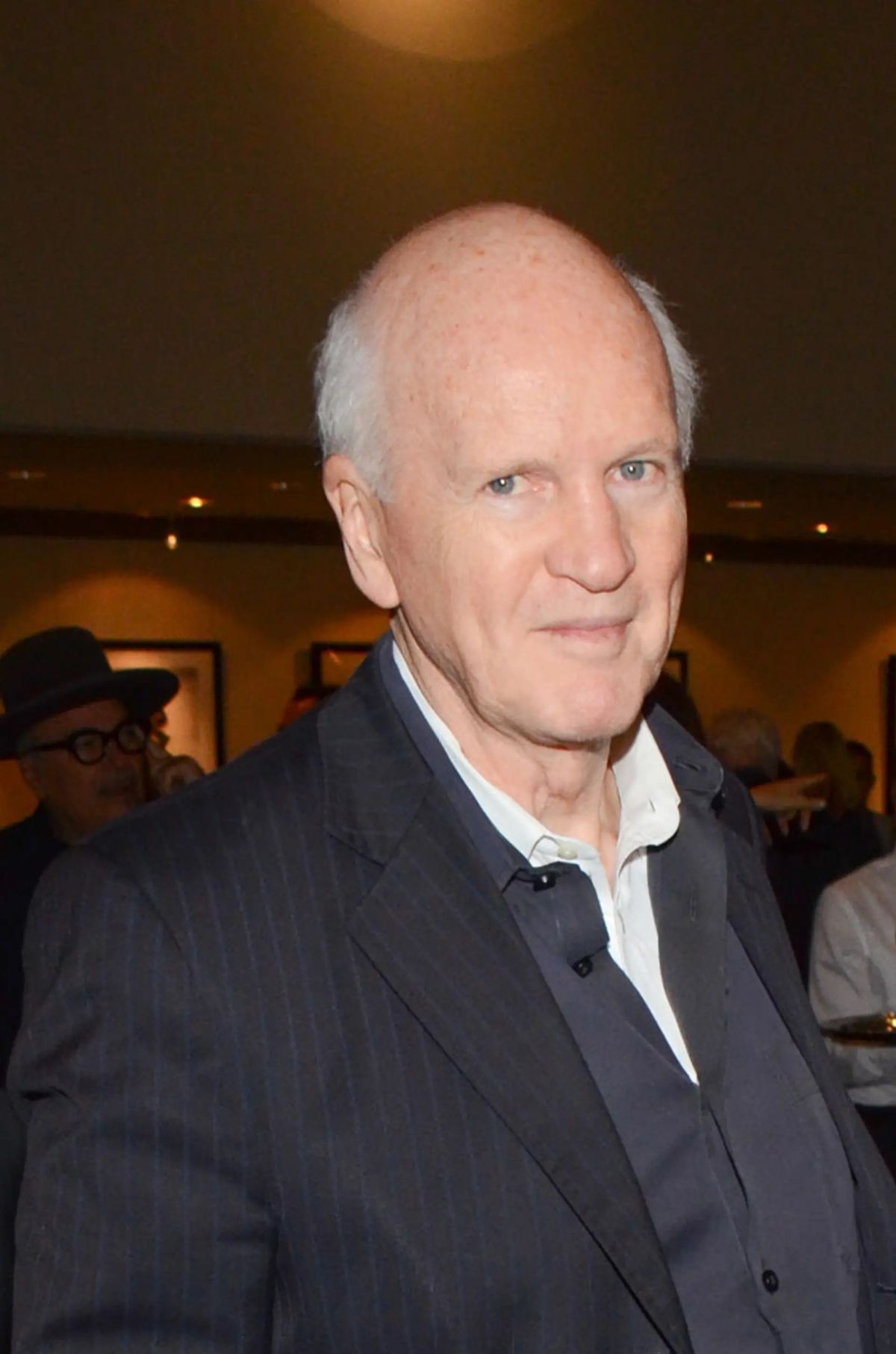Former gallerist Douglas Chrismas has been ordered to repay $14.2m in profits from sales of artworks at his former gallery that he diverted into personal accounts. The summary judgment handed down on 4 May in the US Central District Court of California marks another low point for a dealer who once operated at the highest echelons of the art market.
Chrismas was considered to be at the forefront of the Los Angeles art scene in the 1980s and 90s, organizing shows for artists including Robert Motherwell, Michael Heizer and Robert Irwin at his now-defunct Ace Gallery. But financial troubles overtook his reputation and Chrismas was repeatedly sued by his artists for non-payment and theft of artwork, while his landlords sought to recoup unpaid rent. By 2006 he had filed for bankruptcy 11 times, preventing creditors from collecting the money owed them.
In 2013 Chrismas filed for bankruptcy once again, but continued to run Ace Gallery until 2016, when bankruptcy trustee and forensic accountant Sam Leslie was placed in charge of the business. Leslie discovered that a total of approximately $17m had been transferred into two accounts known as “ACE New York” and “ACE Museum”. Both organizations were shell companies that Chrismas controlled. Further, amid the changing of the guard, Chrismas had at least 60 works of art that had not been accounted for in his bankruptcy case moved into a private storage facility.
Last summer, Chrismas was arrested in Los Angeles by the FBI on embezzlement charges related to the diversion of funds from his bankruptcy case, totaling approximately $260,00. While the federal case was playing out, Leslie had opened a civil suit seeking to recoup the profit from sales that Chrismas had transferred into personal accounts. On 4 May, after five years of fact-finding, the US Central District Court of California ruled in Leslie's favour. A summary judgment—which are often made when a case includes overwhelming and undeniable evidence in one party’s favour—was issued in lieu of a trial, ordering Chrismas to pay $14.2m.
Though Chrismas has made attempts to maintain footing in the art world by continuing to deal works by lesser-known artists throughout his recent legal troubles, representatives for Leslie at law firm SulmeyerKupetz insist that any funds recovered will be distributed to the plaintiffs in the summary judgment. Leslie’s lawyers added that there is no way to know how their client's victory in the civil suit will impact Chrismas’s upcoming criminal case. If convicted of all federal charges, he will face a maximum of 15 years in prison.
Lawyers for Chrismas had not responded to requests for comment as of press time.
Even at the height of his career, Chrismas was no stranger to scandal. He had connections to notorious conman Ron Levin, who died under mysterious circumstances during the Billionaire Boys Club murders in 1984. He also became embroiled in a $1bn international art fraud case after selling a smuggled Roy Lichtenstein in 2007.


